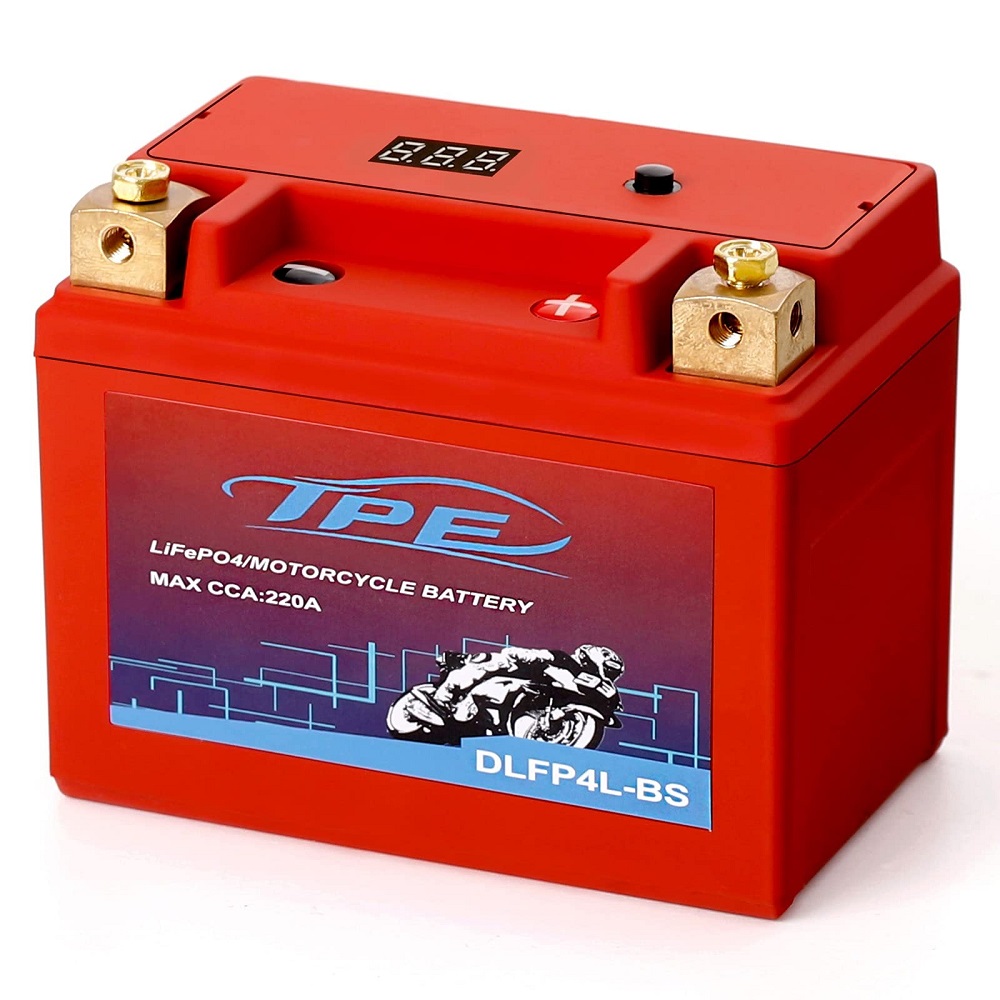Introduction to Motorcycle Batteries
Understanding Motorcycle Batteries
The motorcycle battery is a critical component of any two-wheeled vehicle. It provides the necessary power to start the engine and operates various electrical systems. Unlike car batteries, motorcycle batteries are typically smaller and lighter. The most common types of motorcycle batteries are lead-acid, absorbed glass mat (AGM), and lithium-ion batteries. Understanding these types will help you choose the best option for your motorcycle and ensure its performance.
The Role of a Motorcycle Battery
A motorcycle battery performs several essential functions. It delivers electrical power to start the engine. Once the engine is running, the battery also stabilizes the voltage generated by the alternator. This balance ensures that electrical systems, such as lights and signals, operate efficiently. A well-maintained battery contributes to the overall reliability of your motorcycle.
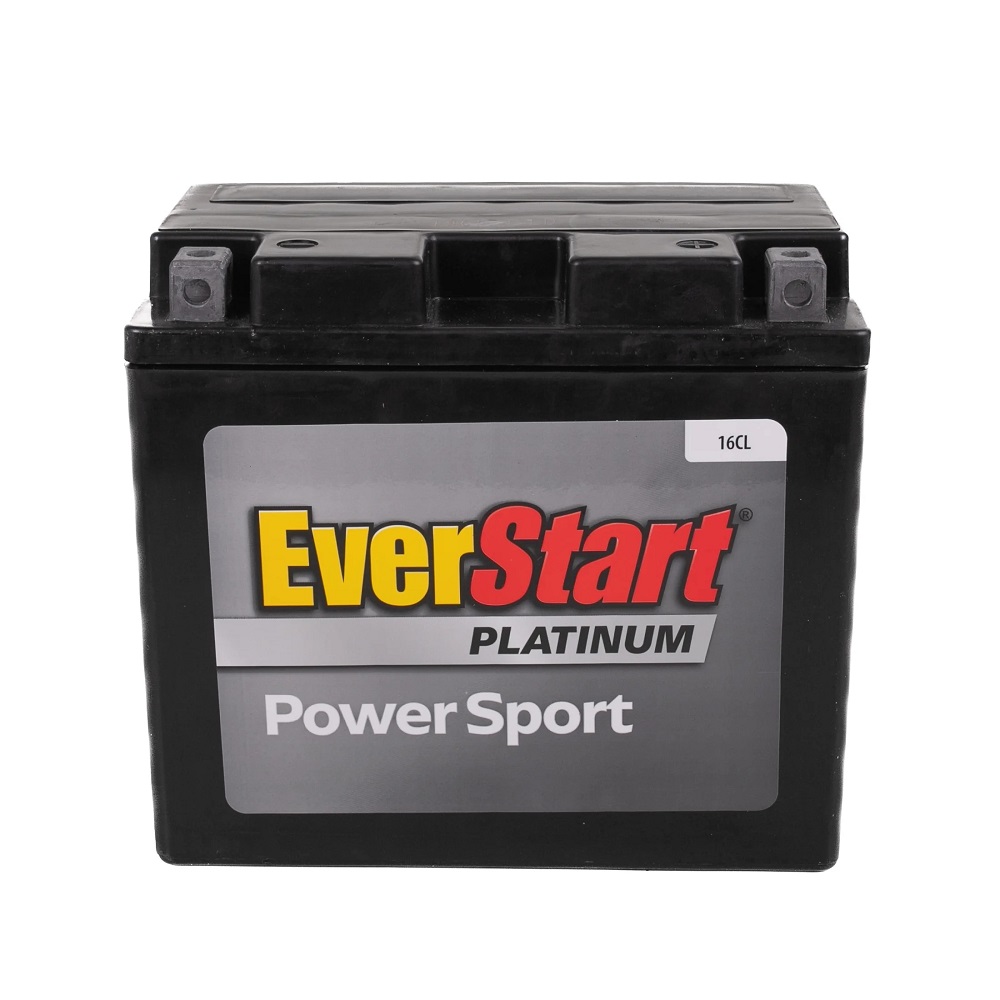
Importance of Battery Maintenance
Proper maintenance of your motorcycle battery is crucial for longevity and performance. Neglecting battery care can lead to premature failure, leading to costly replacements and inconvenient breakdowns. By implementing regular maintenance, you can extend the life of your battery and avoid unexpected issues. This article covers essential maintenance tips that will help keep your motorcycle battery running smoothly.
Checking Battery Voltage
The Importance of Voltage Checks
Regularly checking your motorcycle battery voltage is crucial for understanding its health. Ideally, a fully charged motorcycle battery should read around 12.6 to 12.8 volts when the engine is off. A reading below 12.4 volts indicates that the battery may be undercharged or struggling. Regular voltage checks can help identify potential issues early, allowing you to address them before they escalate.
Using a Multimeter
To check your battery voltage, a multimeter can be used. This tool is readily available and easy to use. Simply set the multimeter to the DC voltage setting. Attach the red probe to the positive terminal and the black probe to the negative terminal. The reading will confirm the battery’s state of charge. Understanding your battery’s health is an essential first step in maintenance.
Signs of Voltage Irregularities
If your voltage readings show inconsistencies, it may be a sign of other underlying issues. Frequent drops in voltage can indicate problems with the battery or electrical system. For example, frayed wires can cause short circuits that impact overall performance. Slow cranking when starting the engine or dim lights when running can also hint at battery issues. Addressing these signs promptly can prevent further complications.
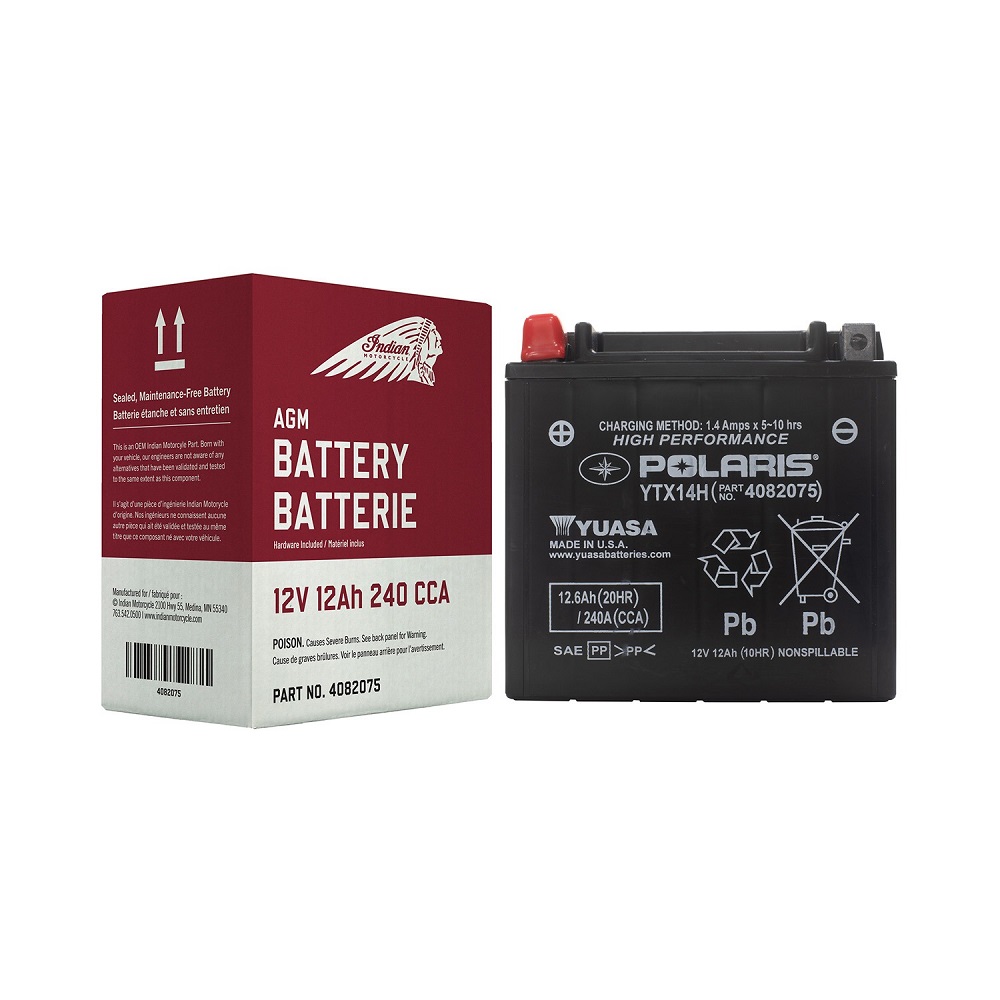
Cleaning Battery Terminals
Why Clean Battery Terminals?
Clean battery terminals are essential for optimal electrical connections. Corrosion can build up on the terminals over time, obstructing the current flow. This buildup can weaken the connection, leading to starting issues and shortened battery life. Regular cleaning helps maintain a strong connection, ensuring that power is efficiently transferred between the battery and the motorcycle’s electrical components.
Tools for Cleaning
Cleaning battery terminals requires minimal tools. You’ll need a wrench to loosen the terminal bolts, a wire brush or battery terminal cleaner, and some baking soda mixed with water. Baking soda neutralizes acid corrosion, making it effective for cleaning purposes. Gather these tools before starting the cleaning process for a smooth operation.
Cleaning Procedure
To clean the terminals, first, ensure that your motorcycle is turned off and the key is removed. Start by loosening the negative terminal bolt with the wrench. Always disconnect the negative terminal first to prevent any short circuiting. Next, apply the baking soda mixture to the terminals and scrub using the wire brush. Focus on removing any corrosion or dirt buildup. Once clean, rinse with water and wipe dry. Reconnect the terminals, ensuring they are secure, starting with the positive terminal.
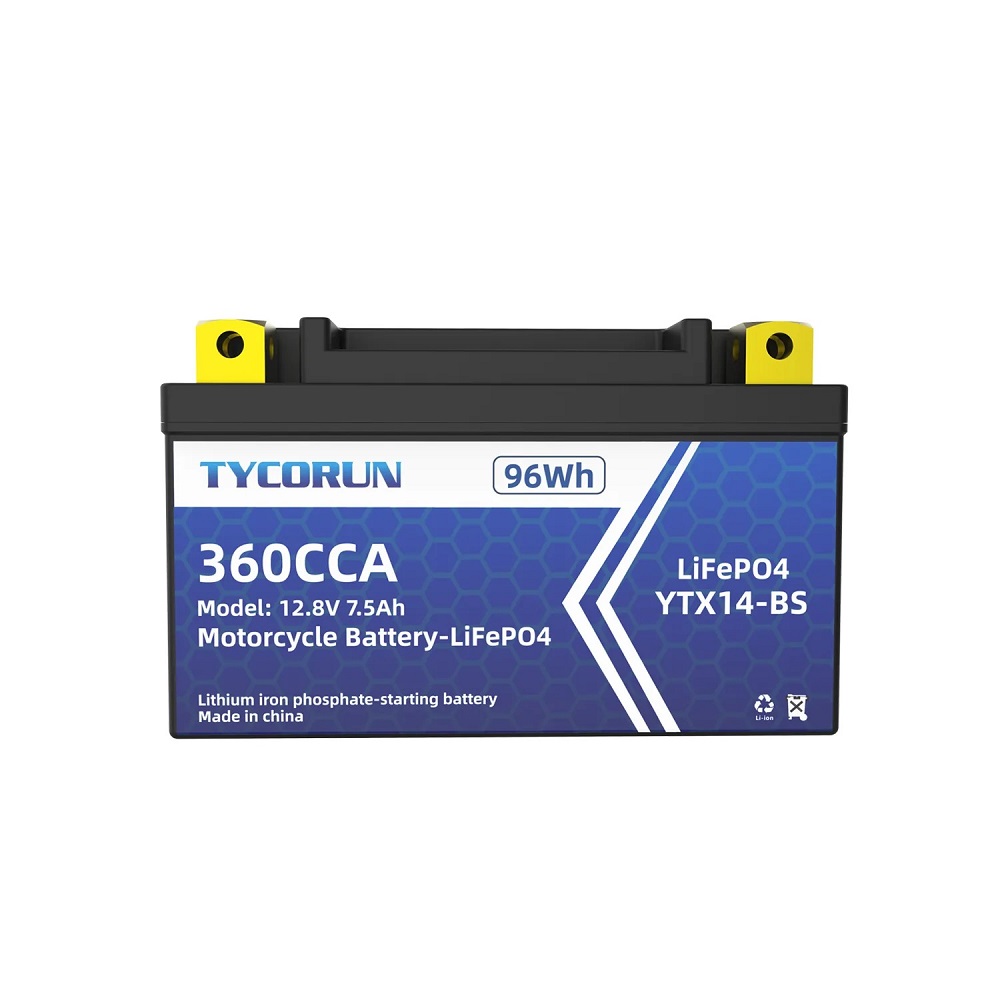
Monitoring Battery Water Levels
Importance of Electrolyte Levels
For traditional lead-acid motorcycle batteries, monitoring water levels is essential. These batteries contain electrolyte solutions that can evaporate over time. Low electrolyte levels can lead to reduced performance and can even cause damage to the battery. Regularly checking and maintaining the correct water levels is vital for battery health.
Checking Electrolyte Levels
To ensure proper motorcycle battery maintenance, regularly check your battery’s water levels by carefully removing the caps on the battery cells. Visually inspect the electrolyte levels in each cell, ensuring they are covered with at least a half-inch of liquid above the plates inside. If the levels are low, add distilled water until they reach the correct height. Avoid using tap water, as additional minerals can damage the battery and reduce its lifespan. Proper maintenance of your motorcycle battery helps ensure reliability and longevity on the road.
Replenishing Electrolytes
When replenishing electrolyte levels, it’s essential to monitor this process regularly, especially in hot climates or during extended periods of use. Always perform this maintenance when the bike is not in operation. This simple step can prevent damage and help keep your battery operating at peak performance.
Proper Battery Storage
Why Storage Matters
Proper battery storage is crucial, especially if you plan to leave your motorcycle unused for an extended period. Storing a battery improperly can lead to sulfation, a buildup of lead sulfate that can permanently damage the battery. By following specific storage guidelines, you can prolong the life of your battery and ensure it remains functional when you need it.
Seasonal Considerations
If you live in an area with extreme weather conditions, consider removing the battery when storing your motorcycle for winter or summer. Store the battery in a cool, dry place that remains stable in temperature. Avoid damp or humid locations, as these can cause corrosion and reduce battery life.
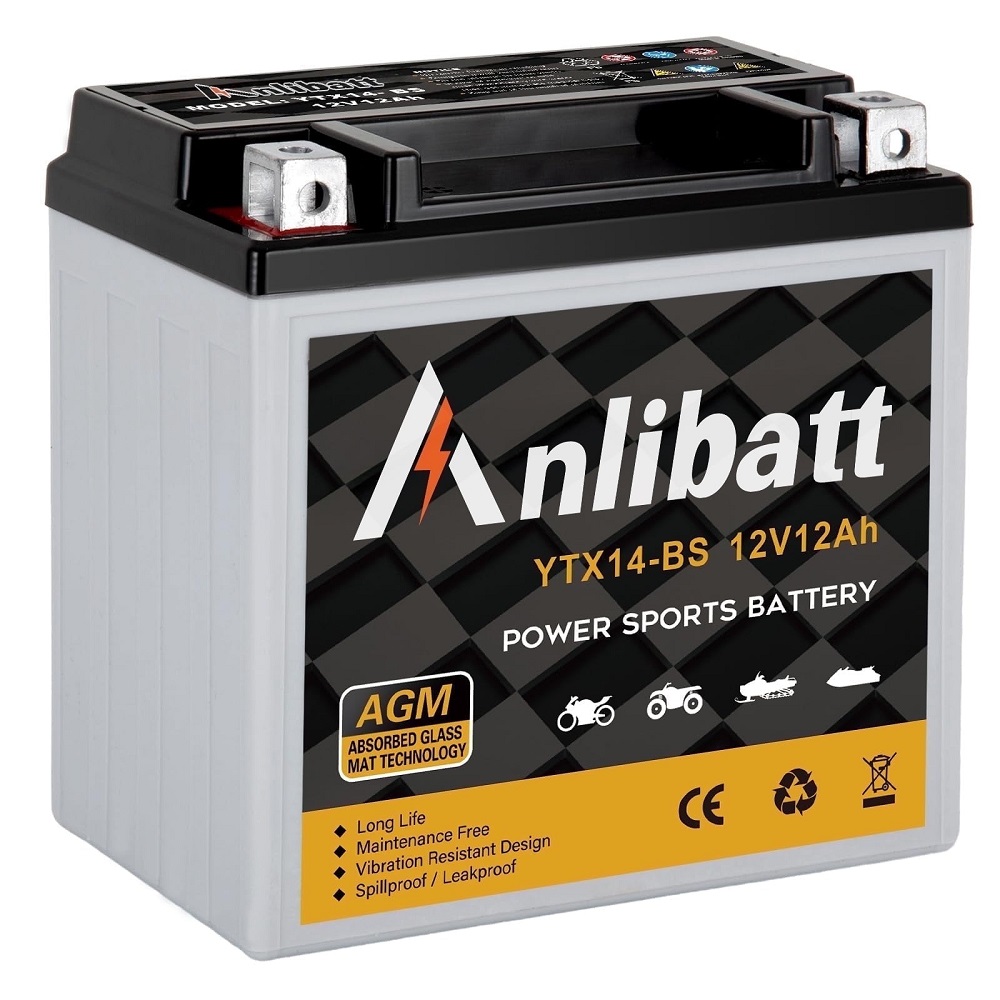
Battery Chargers and Maintenance
Using a smart battery maintainer or trickle charger can keep your battery topped off during storage. These devices ensure your battery remains charged without overcharging. Connect the charger to the battery and follow the manufacturer’s instructions for safe use. This added care can prevent the common issues associated with battery storage and improve longevity.
Recognizing Battery Issues Early
Signs of a Failing Battery
Being able to identify the signs of a failing battery early is crucial for avoiding breakdowns. If you notice slow engine cranking, dimming lights, or electrical issues, your battery may need attention. These signs indicate that the battery is struggling to hold a charge, warranting further investigation.
Conducting Regular Inspections
Conducting regular inspections of your battery can help you spot issues before they become significant problems. Check for corrosion or loose connections. Low fluid levels should also be flagged for action. The sooner you identify these signs, the easier it will be to address the issues, prolonging your battery’s life.
Consulting a Professional
If you encounter persistent issues with your battery, consider consulting a professional. A qualified mechanic can perform a more thorough testing of your battery’s health. They can measure the voltage under load and assess whether a replacement is necessary. Regular check-ups ensure that you remain aware of your battery’s condition, allowing you to take informed action.
Upgrading Your Battery
When to Consider a Replacement
Every motorcycle battery has a finite lifespan, typically between 3 to 5 years. Regularly inspecting your battery and monitoring its performance will help determine when it’s time for a replacement. Factors like age, performance inconsistencies, and frequent issues may indicate that a new battery is warranted.
Choosing a New Battery
When selecting a replacement battery, consult your motorcycle manual for the appropriate type and specifications. Consider factors such as size, voltage, and cold cranking amps (CCA). Higher CCA ratings are beneficial for cold-starting engines, especially in low temperatures. Choose a reputable brand to ensure quality and performance.
Exploring Upgraded Options
If you are considering an upgrade, explore options like lithium-ion batteries. These batteries are lighter and have a longer lifespan compared to traditional lead-acid batteries. They provide better power and can significantly improve performance. However, consider the cost and whether the benefits align with your riding needs.

Conclusion: Caring for Your Motorcycle Battery
The Importance of Battery Maintenance
In conclusion, maintaining your motorcycle battery is essential for ensuring reliable performance. Following the tips outlined in this article can significantly enhance your battery’s longevity. From checking the voltage and cleaning terminals to monitoring fluid levels and proper storage, each aspect contributes to overall battery health.
Safe Riding Starts with Proper Maintenance
Remember that a well-maintained battery is crucial for a smooth ride. By investing time in regular inspections and maintenance, you can avoid unexpected problems. Taking care of your motorcycle battery allows you to focus on the joy of riding without concerns about mechanical reliability.
Enjoy the Journey Ahead
As you ride into the horizon, confident in your motorcycle’s performance, remember the importance of your battery maintenance. Embrace the freedom and adventure of the open road, knowing that you’ve taken the necessary steps to ensure a safe and enjoyable riding experience. Hit the road with confidence, and appreciate every moment spent riding!
